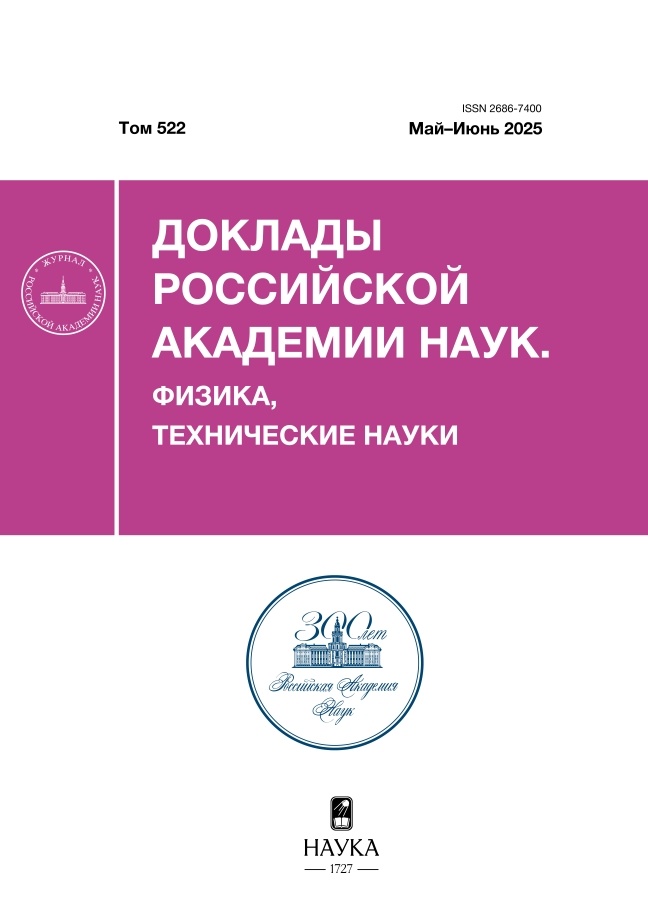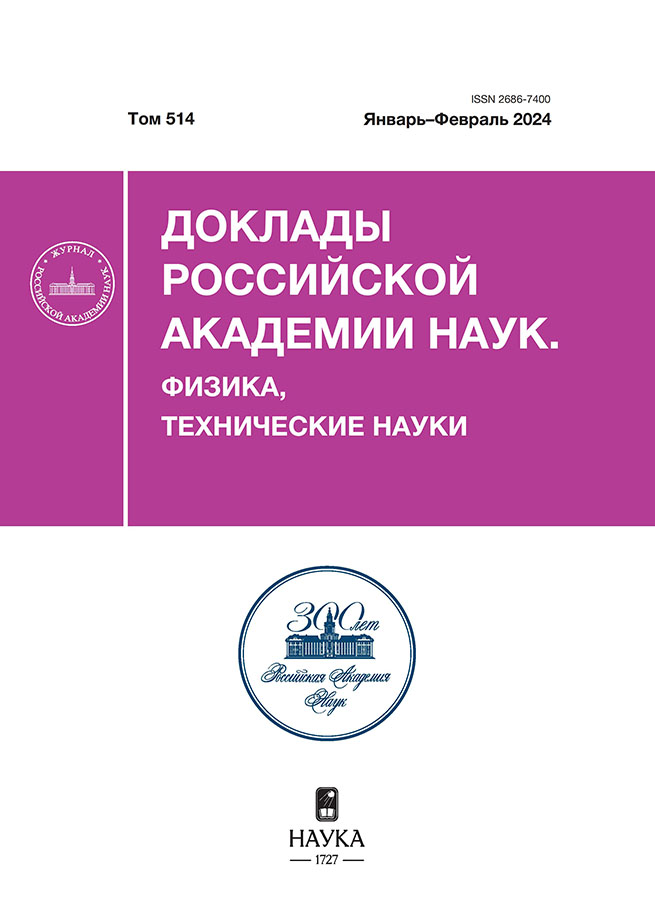Разработка нового, более точного алгоритма для вычисления приливных чисел Лява
- Авторы: Аморим Д.О.1, Гудкова Т.В.2
-
Учреждения:
- Московский физико-технический институт (национальный исследовательский университет)
- Институт физики Земли им. О.Ю. Шмидта Российской академии наук
- Выпуск: Том 514, № 1 (2024)
- Страницы: 70-77
- Раздел: ТЕХНИЧЕСКИЕ НАУКИ
- URL: https://cardiosomatics.ru/2686-7400/article/view/651815
- DOI: https://doi.org/10.31857/S2686740024010117
- EDN: https://elibrary.ru/OJHRUS
- ID: 651815
Цитировать
Полный текст
Аннотация
Приливные числа Лява часто используются для изучения внутреннего строения планет и спутников Солнечной системы. Измерение деформации планеты в ответ на приливное воздействие является одним из методов изучения недр. Алгоритм вычисления приливной деформации зависит от ряда предположений и аппроксимаций и поэтому может отличаться у разных авторов. Авторы сравнивают уже существующие подходы и на их основе предлагают новый и более точный алгоритм для вычисления приливных чисел Лява Земли и других тел с похожей внутренней структурой.
Ключевые слова
Полный текст
Об авторах
Д. О. Аморим
Московский физико-технический институт (национальный исследовательский университет)
Автор, ответственный за переписку.
Email: amorim.dargilan@gmail.com
Россия, Долгопрудный, Московская обл.
Т. В. Гудкова
Институт физики Земли им. О.Ю. Шмидта Российской академии наук
Email: gudkova@ifz.ru
Россия, Москва
Список литературы
- Love A.E.H. The yielding of the Earth to disturbing forces // Proc. Тhe Royal Society of London. Series A. Containing Papers of a Mathematical and Physical Character. 1909. 82.551. P. 73–88.
- Amorim D.O., Гудкова Т.В. Внутреннее строение Венеры на основе модели PREM // Астрон. вестн. 2023. Т. 57(5). С. 403–414.
- Dumoulin C., Tobie G., Verhoeven O., et al.Tidal constraints on the interior of Venus // J. Geophysical Research: Planets. 2017. V. 122(6). P. 1338–1352.
- Steinbrugge G., Padovan S., Hussmann H., et al. Viscoelastic tides of Mercury and the determination of its inner core size // J. Geophysical Research: Planets. 2018. V. 123(10). P. 2760–2772.
- Bagheri A., Khan A., Al-Attar D., et al. Tidal response of mars constrained from laboratory-based viscoelastic dissipation models and geophysical data // J. Geophysical Research: Planets. 2019. V. 124(11). P. 2703–2727.
- Alterman Z., Hans Jarosch, Pekeris C.L. Oscillations of the Earth. Proceedings of the Royal Society of London. Series A. Mathematical and Physical Sciences. 1959. 252.1268. P. 80–95.
- Chinnery M.A. The static deformation of an earth with a fluid core: a physical approach // Geophysical J. Intern. 1975. V. 42. № 2. P. 461–475.
- Longman I.M. A Green’s function for determining the deformation of the Earth under surface mass loads: 2. Computations and numerical results // J. Geophysical Research. 1963. V. 68. № 2. P. 485–496.
- Saito M. Some problems of static deformation of the Earth // J. Physics of the Earth. 1974. V. 22(1). P. 123–140.
- Helffrich G., Satoshi Kaneshima. Outer-core compositional stratification from observed core wave speed profiles // Nature. 2010. № 468. P. 807–810.
- Michel A., Jean-Paul Boy. Viscoelastic Love numbers and long-period geophysical effects // Geophysical J. International. 2022. V. 228. № 2. P. 1191–1212.
- Virtanen P. et al. SciPy 1.0: fundamental algorithms for scientific computing in Python // Nature methods. 2020. V. 17. № 3. P. 261–272.
- Petit Gerard, Brian Luzum. IERS technical note No. 36, IERS conventions (2010) / International Earth Rotation and Reference Systems Service: Frankfurt, Germany, 2010.
Дополнительные файлы












